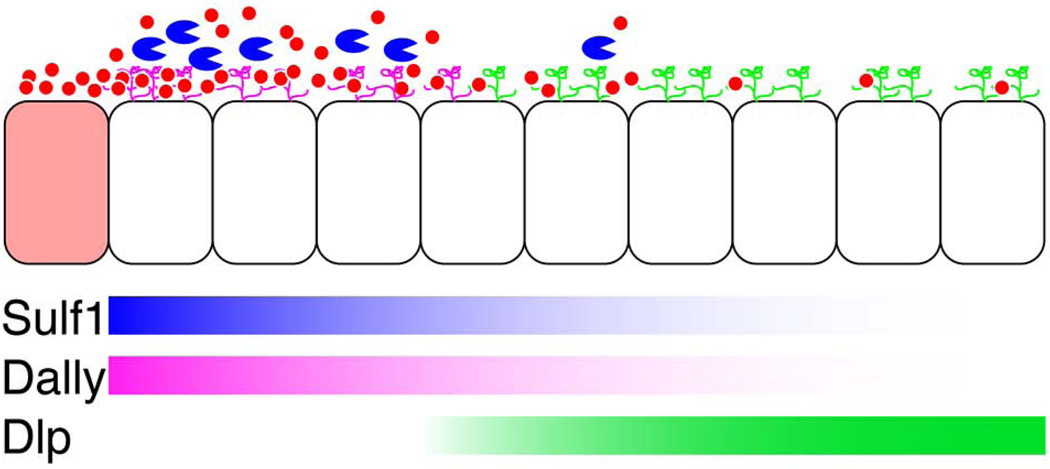Figure 9. A model of the role of Sulf1 in Wg gradient formation.
Sulf1 (blue) functions by enzymatically modifying the number of 6-O sulfate groups on glucosamine residues of HS tri-sulfated disaccharides. This post-synthetic reduction of 6-O sulfate groups would release Wg (red circle) from HSPGs. Released Wg can undergo either degradation or re-distribution to the periphery of the wing pouch. Since Dally (magenta) is expressed at high levels near the Wg-expressing domain, Wg protein is likely to be first trapped by Dally. Sulf1, which is expressed at high levels in the same region as Dally, may function to release Wg from Dally. Wg released from Dally by Sulf1 can be degraded or re-captured by Dlp (green), of which expression domain is high in the peripheral cells of the wing disc. Wg secreting cells (pink) at the DV border are located on the left side of the figure opposite of Wg non-secreting cells (white) which expand into the periphery of the wing pouch. Expression domains of Sulf1, Dally, and Dlp are represented by blue, magenta, and green graded bars respectively.

